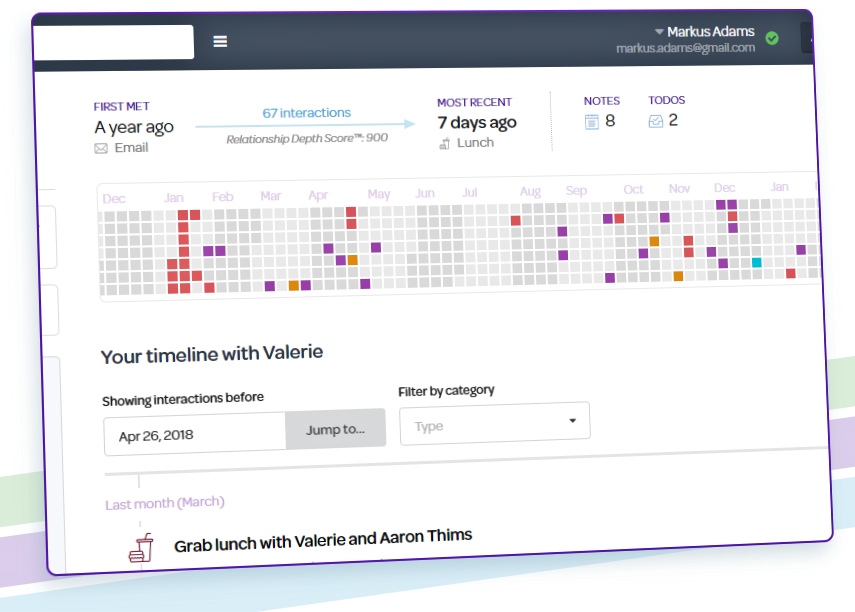
Biggest decrease in over a year
According to the U.S. Department of Commerce and the U.S. Census Bureau, construction spending fell by 0.6 percent, which may not sound like a large drop, but it fell far short of most economists’ projections, most of whom predicted an increase in spending for the month. This marks the second consecutive month of declining spending in the year that construction was to add to the GDP for the first time since the housing crash, and is the largest monthly dip since July 2011.
Commercial and government construction spending fell more dramatically than private home construction, but one speck of hope comes in the form of July’s revised construction numbers revealing a 0.4 percent decline, less than what was previously estimated and reported, the Census Bureau clarified today.
With news of the impending doom of the “fiscal cliff,” non-residential projects continue to experience government budget restrictions that threaten to continue if no action is taken against more tax increases and diminishing spending. Although interest rates remain at historic lows for builders and consumers, construction spending is the dark cloud of housing as it forecasts a continued struggle for new home builders and a continued snail’s pace of recovery for the entire housing sector.
Construction spending will not be the source of a housing recovery, and may not add to the GDP in this calendar year as most so confidently predicted, despite spending increases in most months this year, as they were all very slight compared to forecasters’ predictions.
Hot spots and weak spots
While all construction spending fell 0.6 percent, private construction spending fell 0.5 percent for the month. The bright spot in all of this is that although home builders continue to struggle with tight lending conditions, as do their consumers, their spending actually jumped up 0.9 percent in August to $273.5 billion, the biggest increase seen since January 2009.
Private non-residential projects decreased by 1.7 percent, due to fewer power and communications plants. Public project spending fell 0.8 percent from July and federal construction spending rose 0.3 percent, as state and local agency projects declined 0.9 percent in the same period.
As noted throughout the year, housing is showing signs of improvement and weakening simultaneously, indicating an uneven recovery. Prices and values continue to increase despite deep discounts on foreclosure homes, but sales are sliding because of tight inventory and tighter lending. Housing is showing signs of health, but a full recovery is not in the immediate future.
Tara Steele is the News Director at The American Genius, covering entrepreneur, real estate, technology news and everything in between. If you'd like to reach Tara with a question, comment, press release or hot news tip, simply click the link below.








































